The trip computer is saying 60.4mpg and I’m astonished. “That’s not an unusual improvement,” says Evan Morris, from Red Driver Training, adding: “typically we see savings of around 11% or so but I’ve seen as much as 50%.”
That’s a full 10mpg more than the 50.4mpg official WLTP figure for the Dacia Sandero Stepway, a car which I’m driving currently because it fits in nicely with the cost-of-living crisis zeitgeist.
Morris has just schooled me using Red's Fuelsave techniques, which are all about squeezing as much potential out of every precious drop of the ever more expensive fuel that we’re all painfully filling our tanks with.
Over the previous weeks, the Sandero’s average consumption has been around 42mpg, with longer runs pushing that up slightly. Morris is convinced that it can do better. Significantly better.
Before we set off, we have a quick look around the car, checking tyre pressures – every fifth tank of fuel used is entirely down to tyre rolling resistance, so every PSI counts – and having a peek at the dipstick.
We also chucked out unnecessary weight that has been forgotten and left in the boot, weight again being detrimental to economy.
If I had a bike carrier or cargo box on the Stepway’s roof rails, I would be removing them, too, because they’re perfectly placed to create drag. Laziness here costs you handsomely come filling time.
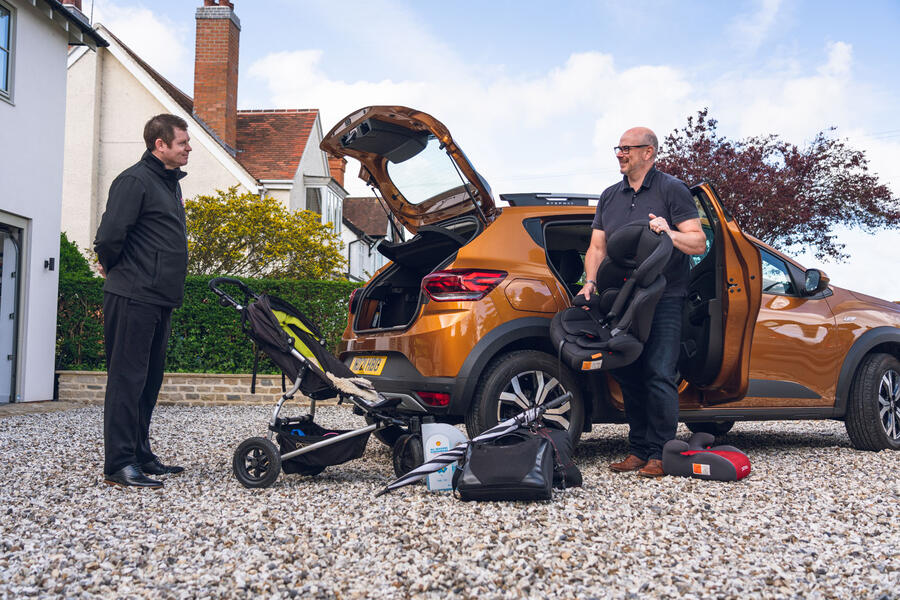
Morris is quick to note the small details when we get in – things like starting the engine before putting on seatbelts, every second the engine’s running equating to fuel used. Put your seatbelts on before you’ve started it, then, likewise putting a destination into the sat-nav, changing the radio station or picking a favourite podcast. Small changes in habit help improve your MPG.
To see just how much I can save using Fuelsave driving techniques, we will be doing two identical laps on my local roads. The first circuit will be without Morris’s input to set a marker, without guidance, but he’s sitting alongside to view the trip and assess what I’m doing.
Picked by me, the route is that I take when dropping the kids off at school and represents my typical daily driving, on a mix of urban stop-start traffic and faster-flowing country roads. It's a 17.1-mile round trip that starts and culminates back at my front door.
I can’t deny that I’ve consciously been driving more economically of late. Miserly mileage has become something I’ve been doing habitually, and gaining a few extra MPG has been relatively easy enough to achieve.
I’ve been driving economically around our first lap and pulling in, and checking the average, I’m actually worried that I might have set too high a bar for Morris to show what’s really possible. The trip computer is reading 48.0mpg, which is as high as I’ve ever seen it. Morris is unperturbed, though, so we get ready to head back out again.
Pulling out onto my road, Morris immediately starts a commentary of what’s going on. If you’ve ever done any advanced driving, you would be familiar with it: highlighting potential hazards, traffic, signs and junctions and actively looking for ways of dealing with all of it.
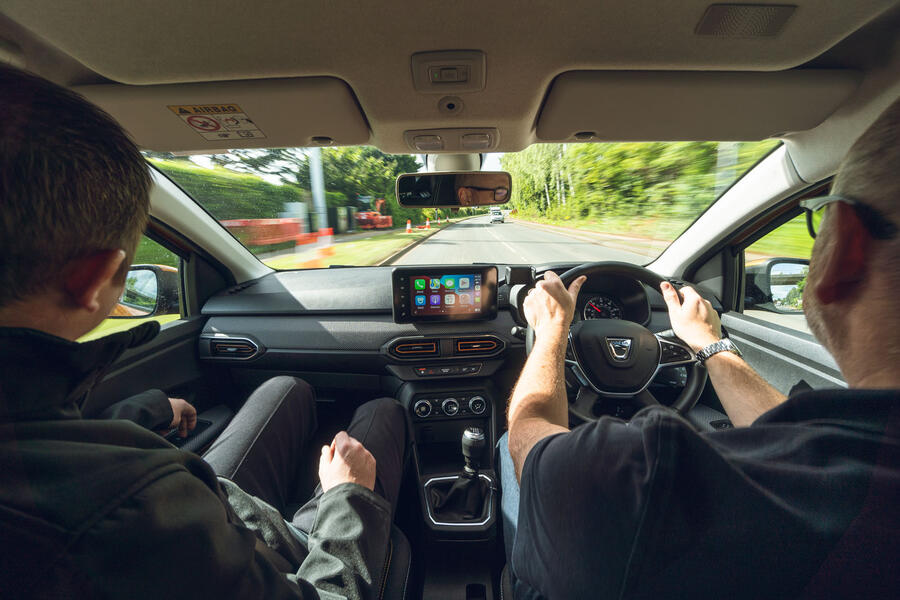
The goal is always to carry momentum. If you’ve ever tried pushing a car from standstill, you will understand why, because getting it moving requires the most effort. The same is true for your engine, so get it moving and keep it moving and get off the accelerator as quickly as possible, modern cars are designed to roll further to maximise economy.
We’re scanning and planning all the time, Morris explaining: “Look far, mid, near and rear. Most people look too near. The brain takes in around 1000 pieces of information, and at 30mph, you will simply not be looking far enough ahead. If you are, you can prioritise it and work out what to do.”
He continues: “That roundabout up ahead: try to reach it when there’s no traffic, slow to flow, look, assess and decide. And think about the crossing afterwards: is there a person there? It’s all about the timing of your approach, and on the exit, is it safe to build speed? Is there someone behind? If not, you don’t need to accelerate briskly.”
Then there’s positioning, doing so for vision – not just yours but also to be seen by other road users, this aiding in you goal to maintain progress down the road using the accelerator as lightly, all while using as high a gear as possible. Worryingly, Morris says it’s estimated that modern drivers concentrate on driving only 20% of the time, and these techniques make you focus so much more, making for safer as well as more economical progress.
It’s a holistic approach, using all the clues that the signage, road markings and surrounding environment give you, and doing it is both immersive and enjoyable. As we pull in to check the trip computer, it reveals that it’s very effective, too. It reads that 60.4mpg figure, which is 12mpg better – a 25% improvement – over my first lap, which is like adding £25 worth of free fuel on top of those expensive £100 fills.
Over my usual driving, the potential savings are greater still, and all are achieved at the same average speed over the entire route, the Drivesave way no slower but significantly more economical.
We’ve also been driving with the climate control on, because, as Morris admits, saving fuel shouldn’t be uncomfortable.
It’s enlightening stuff, and learning these skills cost about as much as a couple of fills of your tank. With the potential savings so huge, and the joy of sailing past a fuel station knowing that you’re saving fuel – and by extension saving the planet – so great, it’s definitely money very well spent.
Kyle Fortune



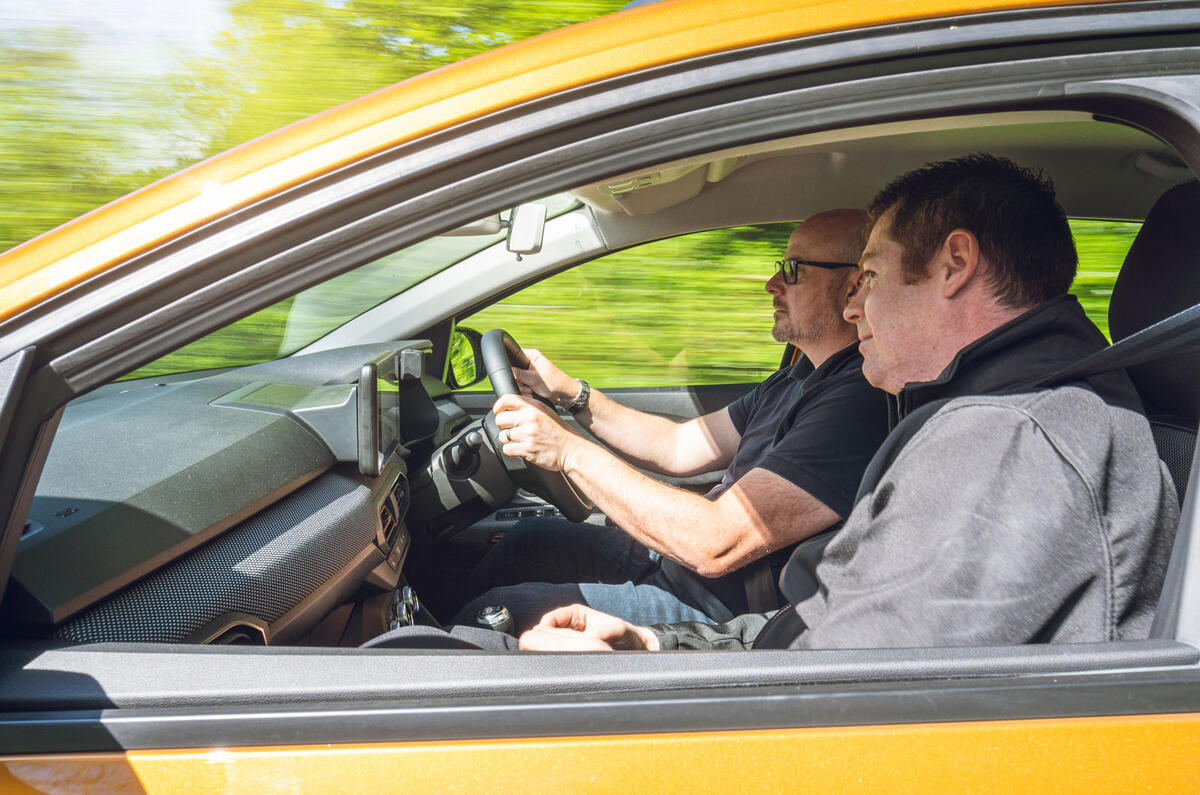
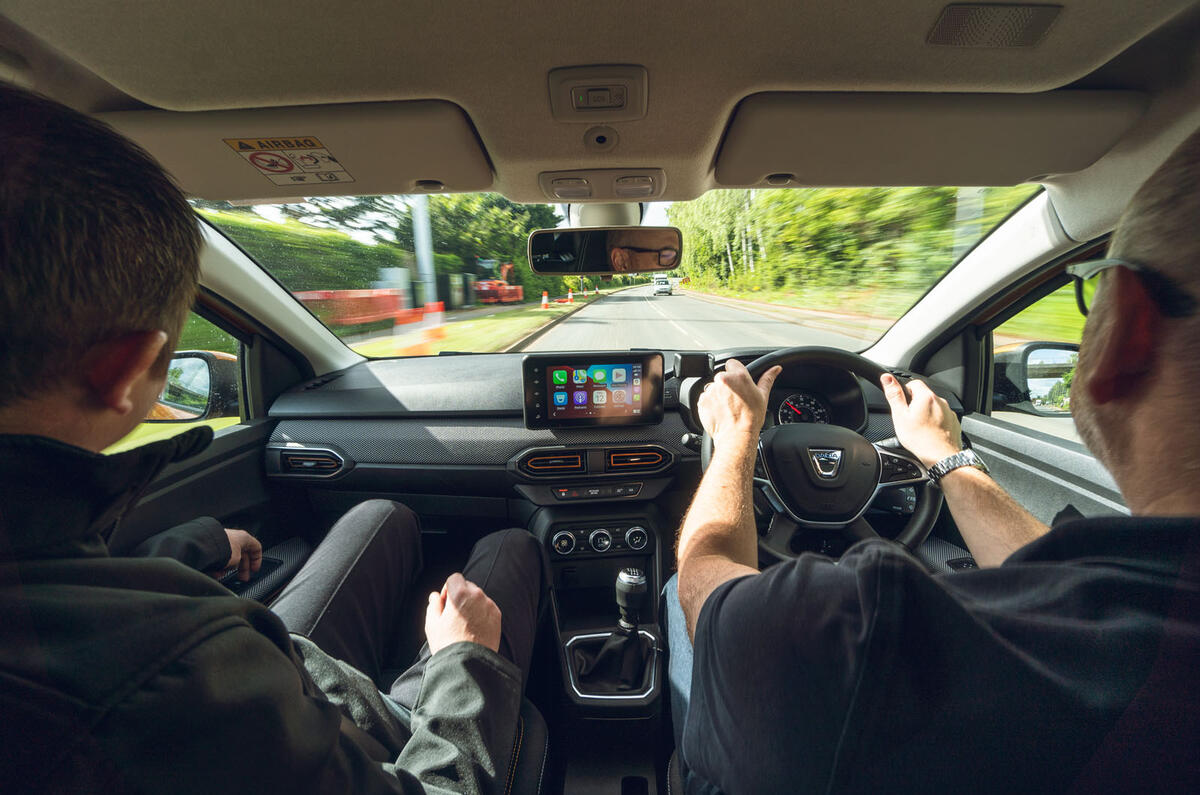
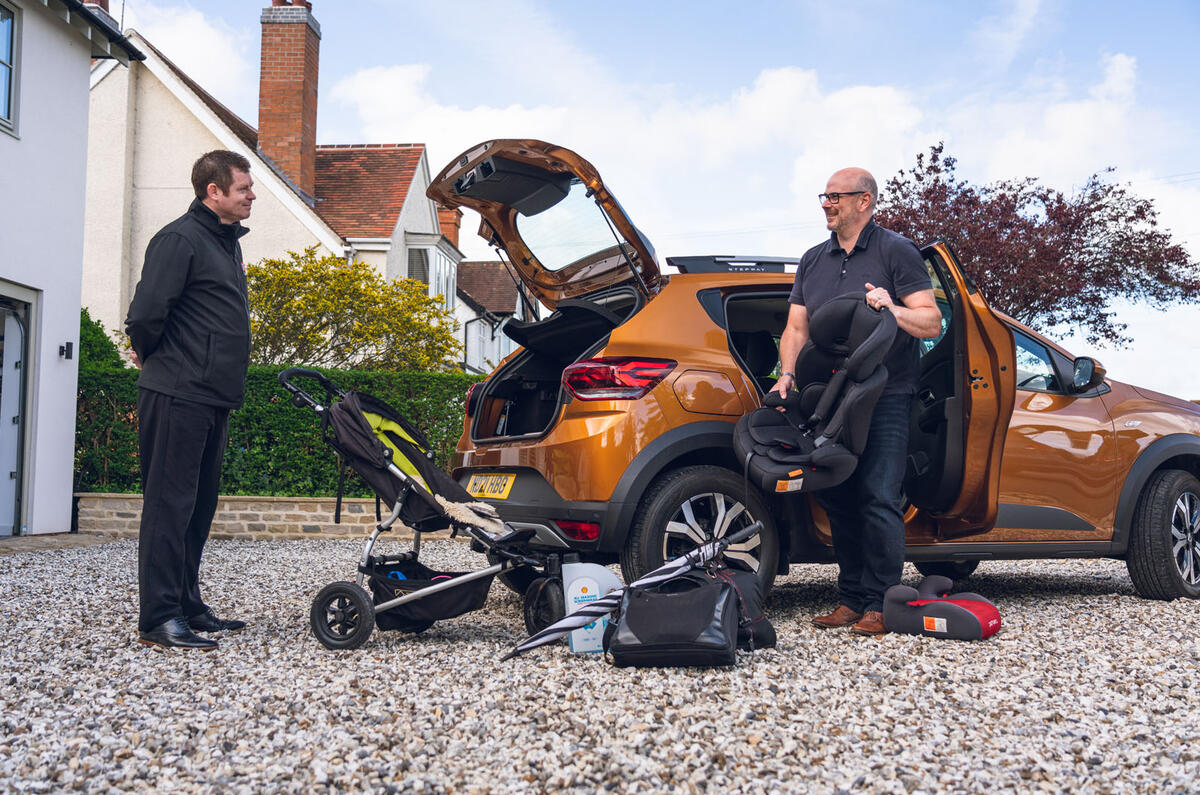

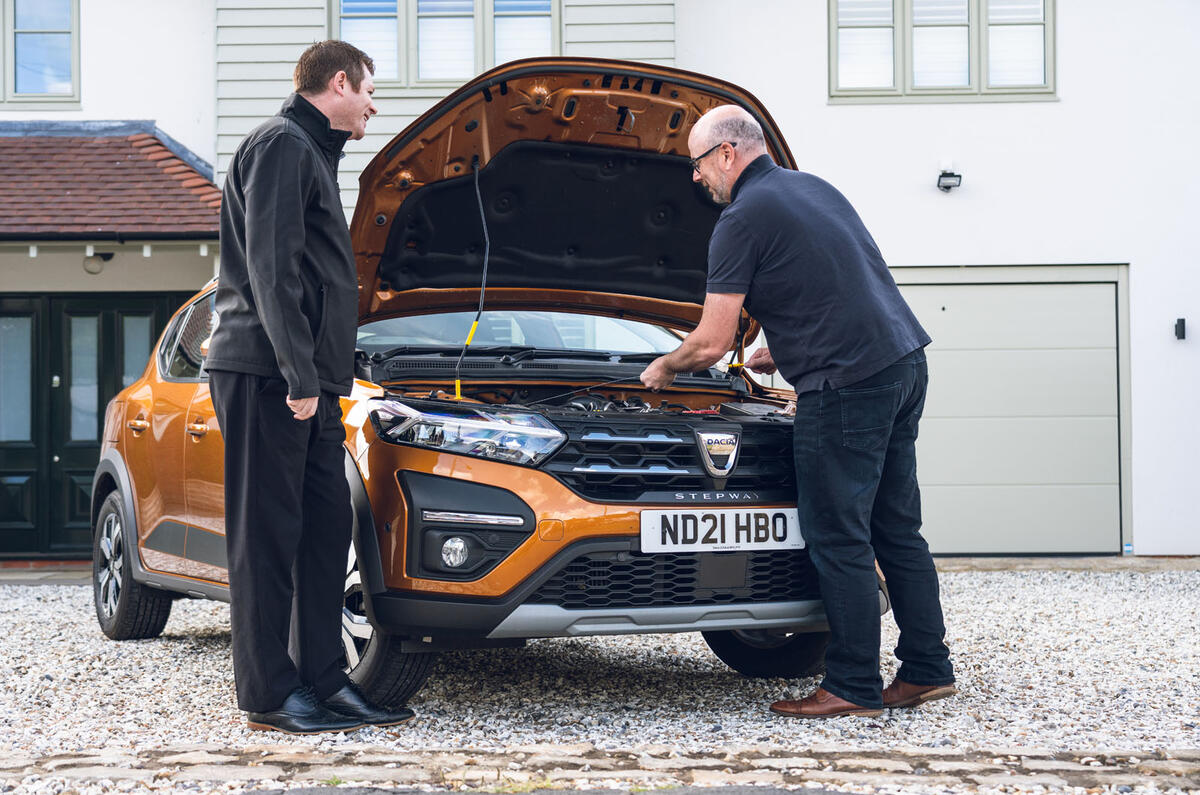


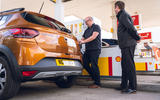

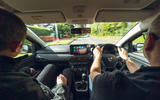
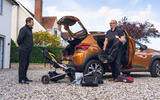
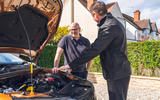
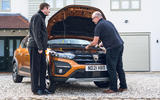



Join the debate
Add your comment
Talk about opportunisic reporting. Skills? Honestly, i's not the word I'd use.
There is no way you can judge mpg over such a short distance. Run that route three times without altering anything and you'll see three different mpg figures on the trip computer. Take excess weight out the car? In the above pic a pram has been removed. How much fuel did that save? It beggers belief anyone can be fooled by this. On the otherhand take off a roof rack or cycle carrier that affects the car's aerodynamics? No kidding sherlock. It costs a couple of tankfuls ( £200 ) for someone to tell you that?
But best of all is this idea that you simply turn on the engine and drive away. If you're driving to the end of the street it may make a difference in economy, but if about to drive for half an hour then the difference is incalculable. Moreover, if you fire up the engine and just drive away doesn't that cause excess wear and tear on the engine?. What ever happened to the advice in a previous report that you should let the oil fully circulate throughout a cold engine before driving off?
I've been managing to eke out 5.4 m/kWh on a works Zoe.
My biggest problem though is that I'm a shift worker, and all these practices only work for certain shifts, others I'm in stop start traffic queues for longer and as such there isn't a great deal I can do.
I admire the sentiment, but have you done the arithmetic?
If you brim the average car and drive until empty, you are carrying around an average of 5 gallons of fuel which weighs 15kg - or about 1.5% of the weight of a small car. At town speeds there should be a1:1 correlation between fuel consumption and weight, so a saving of around 1.5% (at high speed the saving will be negligible because most of the energy is used overcoming wind resistance).
I'm sure that a much bigger saving on shorter journeys by pre-heating the engine as they do in cold climates (and as some EVs do with battery heating). Perhaps it's time for engine pre-heaters to make a revival?
Preheat, probably a good idea that.
the fuelling habits of your ICE vehicle are already those of an EV owner - might as well get one :-)